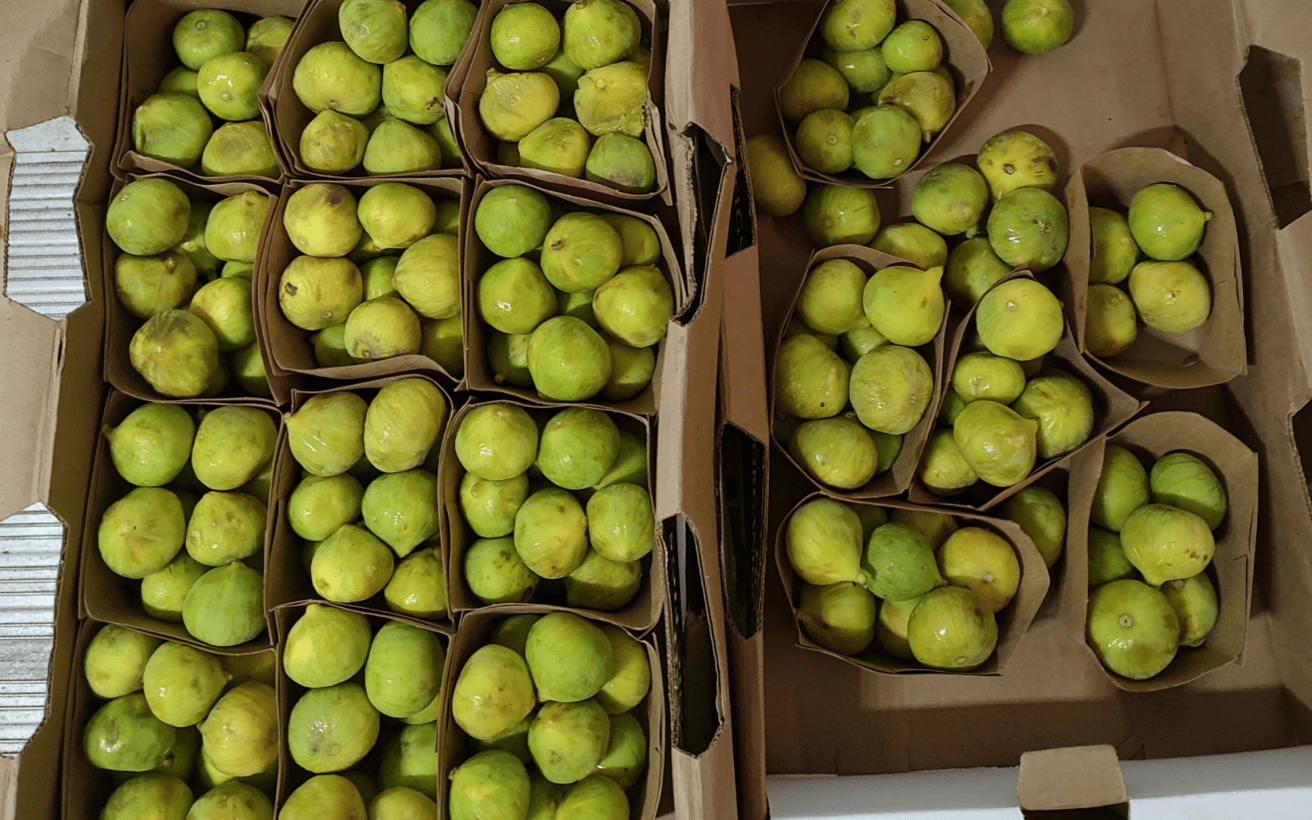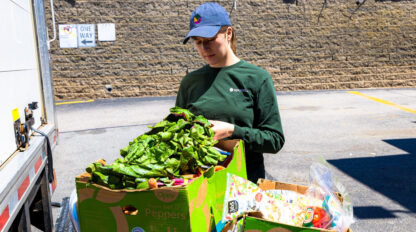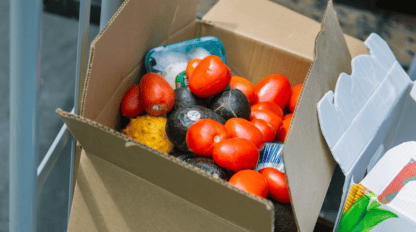The state of hunger in Massachusetts

If you’ve been following the news, you already know that these are unprecedented times for neighbors in need, for organizations fighting food insecurity, and for our safety net (those programs, like SNAP, that support people’s ability to meet basic needs). More people are struggling to feed themselves and their families, with the emergency food system under increasing stress.
This blog breaks down what we know, what it means, and, most importantly, what we can do about it now.
Hunger by the numbers
Rates of household food insecurity in Massachusetts (that’s the percentage of the population that lacks reliable, consistent access to the food they need for their health) have been steadily on the rise for the last five years.
- Roughly 2 million adults face food insecurity. Put another way, the Greater Boston Food Bank, in partnership with Mass General Brigham, reports that about a third of people living in the state run out of food by the end of the month or else don’t have enough money to purchase the food they need for the following month.
- These figures track for Massachusetts’ MetroWest region, where the latest MetroWest Health Foundation Community Health Assessment reveals that more than 32% of residents experience some degree of food insecurity, with more people leveraging programs like SNAP to supplement their food budgets. (There was a nearly 69% jump in the SNAP caseload in MetroWest from 2019-2023.) Even so, 60% of those who could receive SNAP benefits are not enrolled in the program. Residents cite things like social stigma, confusion about whether they qualify, and fear that applying for SNAP will impact other facets of their lives (such as their immigration status) as reasons why they’re not enrolled.
- In Central Massachusetts, the latest Worcester Community Food Assessment conducted by the Worcester County Food Bank Center for Food Equity shows that rates of food insecurity have doubled in the region since 2020.
- Hampden County, in the western part of the state and Bristol County in the Southeast have the highest percentages of food insecurity anywhere in Massachusetts with 48% of residents lacking reliable, consistent access to food.
- Historically marginalized people – including LGBTQ+ individuals and BIPOC families – continue to be disproportionately impacted by food insecurity, according to Project Bread.
What the studies have in common
Food scarcity is never cited as a reason why people in the U.S. are hungry. Food insecurity comes back to access — things like affording food and transportation to the store, or feeling safe enough to show up to your local pantry regardless of your immigration status.
What else we know: There’s enough food to go around
Across the United States, including in Massachusetts, there’s not only enough food to go around, but there’s more than enough. There’s a lot of perfectly good food that goes to waste, too. 31% of all available food in the U.S. goes unsold or uneaten and 27% goes directly to waste according to the latest available data from ReFED. There’s an opportunity to intercept that food while it’s still good to eat and ensure it reaches people who could use it.
Where food recovery comes in
In Massachusetts, and across the country, we can make better use of the food we have and tackle food insecurity in the process. From the Office of Food Justice in Boston (where increasing food recovery in the city is a stated goal), to efforts further inspired by the Biden-Harris Administration’s National Strategy for Reducing Food Loss and Waste and continuing with the commitment of organizations, coalitions, philanthropists, and individuals into present day, to bipartisan measures like the NO TIME TO Waste Act, food recovery is touted as an important tool for tackling issues like wasted food, hunger, and the climate emergency.
By building and expanding our food recovery infrastructure, more still-good food (which would otherwise be discarded from places like grocery stores, wholesalers, farms, and more) could be made more accessible to more people.
Spoonfuls, as one example, picks up and delivers the food we recover at no charge, eliminating the cost barrier. Plus, by delivering directly to community-based organizations like neighborhood pantries, meal programs, shelters, after-school programs, and more, we bring that food nearer to where people who need it live and work.
But if we walked back the rate of food insecurity to what it was five years ago, that still wouldn’t be good enough — and here’s why
A handful of years ago, rates of food insecurity in the Bay State hovered around 8% statewide, higher in many of the same communities that continue to be hardest hit by the issue. But 8% of the Massachusetts population is still well over a half a million people.
The numbers are never just numbers. The numbers are parents, siblings, cousins, friends, neighbors, colleagues, our children’s teachers, us. No one should experience food insecurity — especially when there’s so much good food to go around.
Sustaining food recovery: Ways to take action
Share – Spread the word about issues like wasted food and hunger. You might inspire others to take an interest in the issues, too. One easy way to do it: Reshare a Spoonfuls’ social post!
Advocate – Push for measures at the state and national levels that build support for food recovery. For some inspiration, check out our Advocacy Priorities.
Give – Your gifts support our food recovery operations across Massachusetts. Every $1 you give to Spoonfuls enables our team to recover and distribute a pound of fresh, wholesome food.


